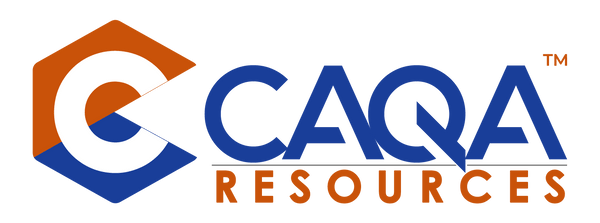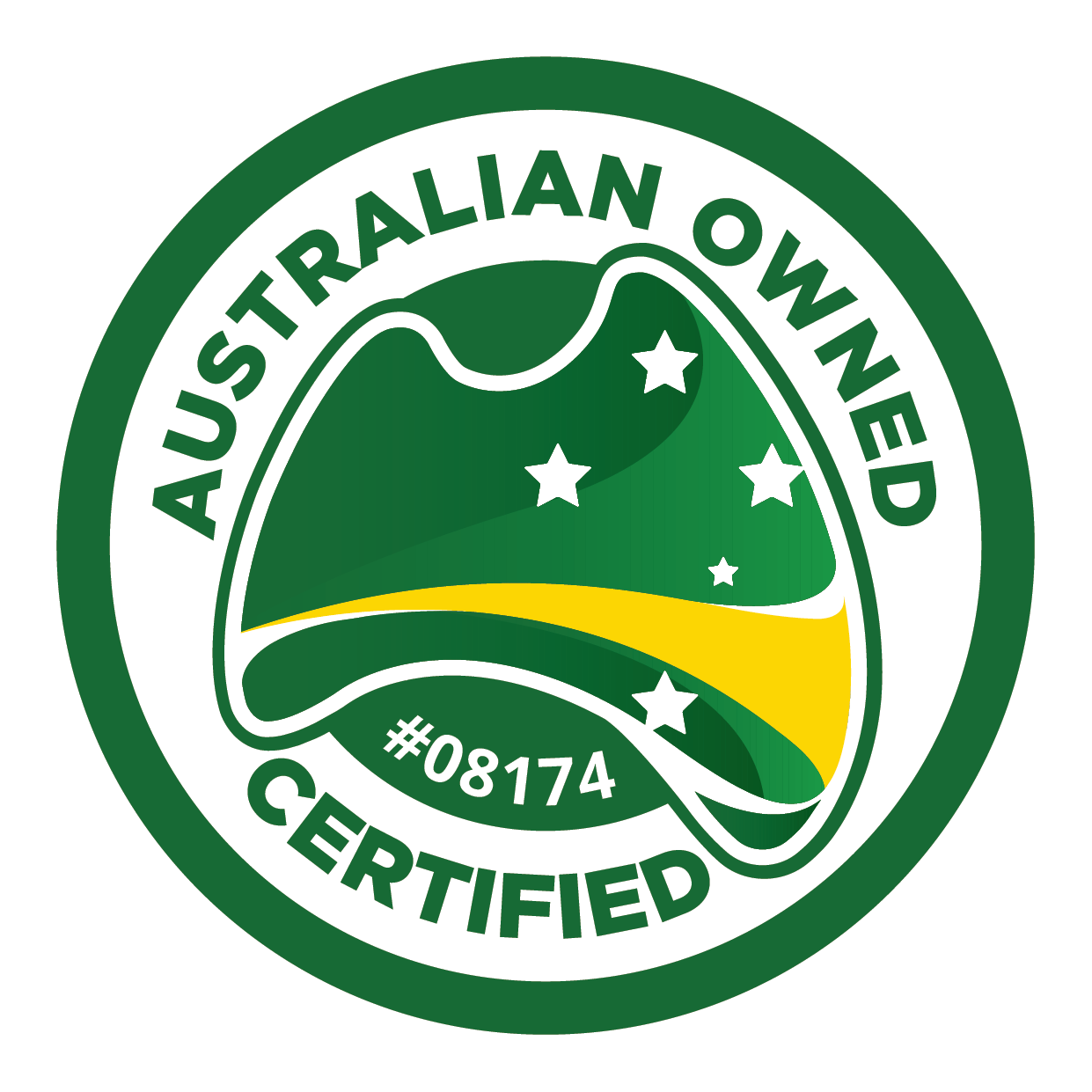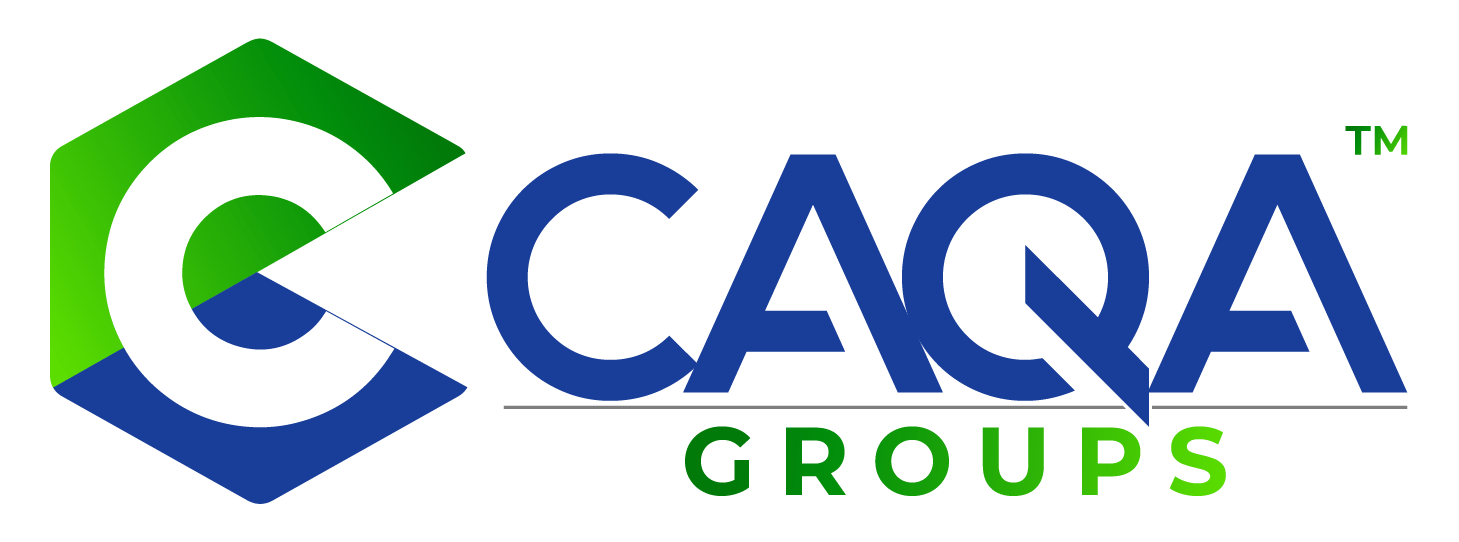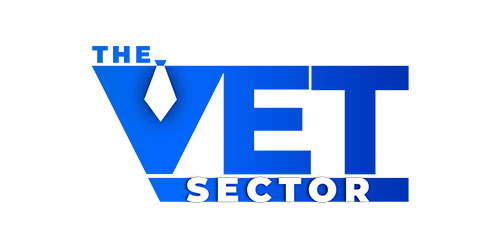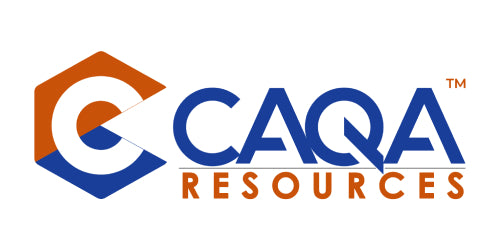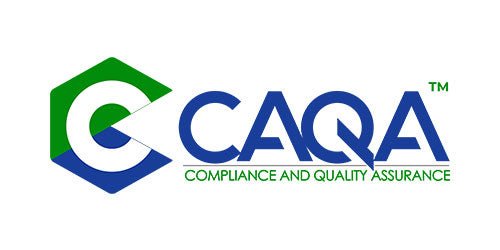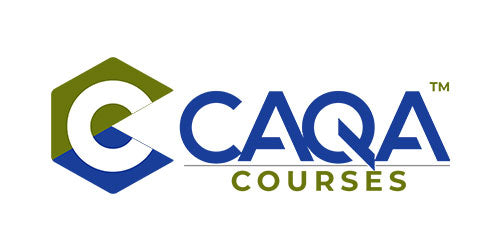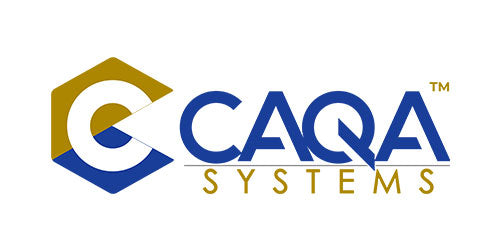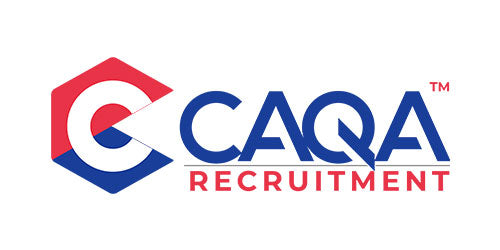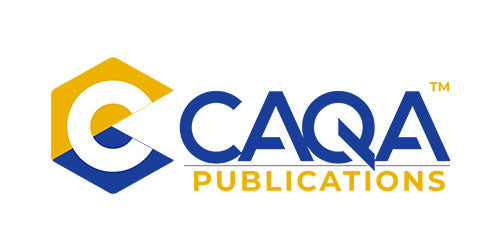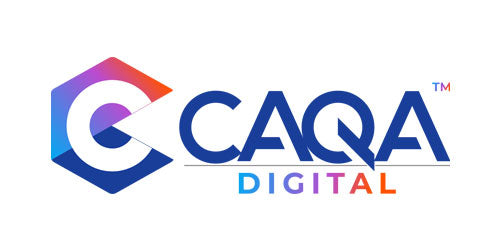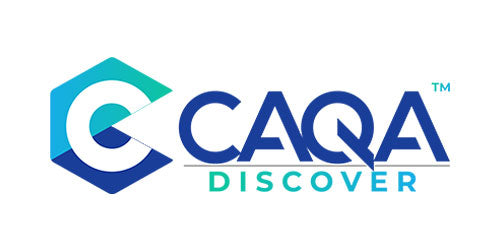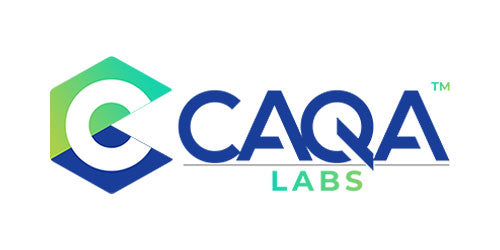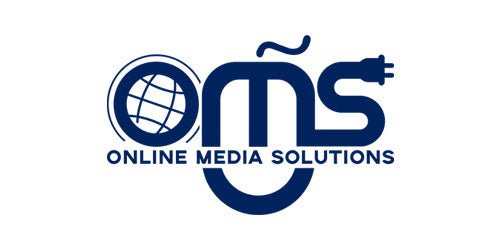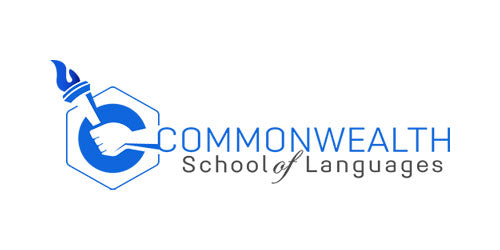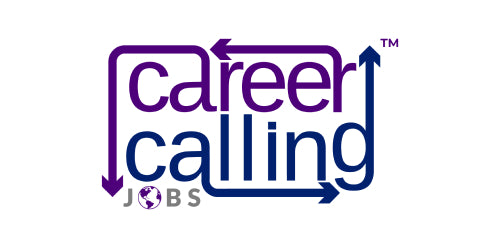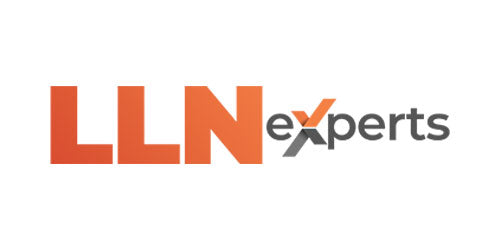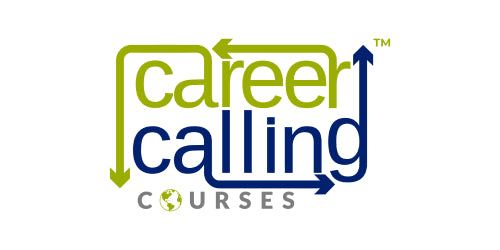Implementing effective assessments in Vocational Education and Training (VET) involves strategic planning and adherence to best practices. These practices ensure that assessments are comprehensive, fair, valid, reliable, and flexible, ultimately leading to better learner outcomes and industry satisfaction. This article explores key strategies to enhance assessment processes in VET, supplemented with case studies that illustrate successful implementation.
Comprehensive Assessment Planning
Strategy: Develop a detailed assessment plan that outlines the assessment process, methods, criteria, and timelines.
Implementation:
- Assessment Mapping: Align assessments with the competencies specified in the training package. This ensures that all necessary skills and knowledge areas are covered.
- Assessment Schedule: Create a schedule that includes formative and summative assessments at appropriate intervals to track learner progress and provide timely feedback.
- Resource Allocation: Ensure the necessary resources, facilities, and equipment are available for assessments to create a conducive environment for learners to demonstrate their competencies.
Case Study:
A technical training institute offering a diploma in automotive technology developed a detailed assessment plan. They mapped each assessment to specific competencies within the training package, ensuring comprehensive coverage. The schedule included weekly quizzes, monthly practical tests, and a final project. By securing a well-equipped workshop and necessary diagnostic tools, they ensured learners had the resources needed to perform practical tasks.
Diverse Assessment Methods
Strategy: Use a variety of assessment methods to capture different dimensions of competence.
Implementation:
- Direct Observation: Assess learners' performance through direct observation in practical settings, providing real-time feedback.
- Written Assessments: Utilise written tests, assignments, and projects to evaluate theoretical knowledge and understanding.
- Practical Tasks: Design practical tasks that simulate real-world scenarios, enabling learners to apply their skills in contexts similar to those they will encounter in the workplace.
- Third-Party Reports: Collect feedback from workplace supervisors and other relevant third parties to gain insights into the learners' performance in actual work environments.
Case Study:
A hospitality management school employed diverse assessment methods for their culinary arts program. They conducted direct observations during kitchen practicals, written exams on food safety and management theory, and practical tasks where students planned and executed a full-course meal. Additionally, they gathered feedback from restaurant owners where students completed internships, providing a comprehensive view of each student's capabilities.
Clear Communication
Strategy: Communicate assessment requirements, processes, and expectations clearly to learners and assessors.
Implementation:
- Assessment Guides: Provide detailed assessment guides and instructions outlining the criteria and expectations for each task.
- Briefing Sessions: Conduct briefing sessions to explain assessment tasks, criteria, and timelines, ensuring all stakeholders are on the same page.
- Regular Updates: Keep learners and assessors informed about any changes to the assessment process to maintain transparency and clarity.
Case Study:
A construction training centre offering a certificate in carpentry ensured clear communication by distributing comprehensive assessment guides at the start of the course. They held weekly briefing sessions where trainers explained upcoming assessments and addressed any questions. Regular updates via email kept learners and assessors informed of any changes, ensuring a smooth assessment process.
Ongoing Feedback and Support
Strategy: Provide continuous feedback and support to learners throughout the assessment process.
Implementation:
- Formative Feedback: Offer constructive feedback on formative assessments to guide learners' improvement and help them stay on track.
- Mentoring: Assign mentors or coaches to support learners in their preparation for assessments, offering personalised guidance and support.
- Remedial Support: Provide additional support for learners who struggle to meet assessment criteria, helping them overcome challenges and succeed.
Case Study:
A healthcare training institute providing a nursing program implemented a robust feedback and support system. After each practical and written assessment, instructors provided detailed feedback, highlighting strengths and areas for improvement. Each student was paired with a mentor—a practising nurse—who offered guidance and support. For those needing extra help, remedial classes were arranged to address specific weaknesses.
Robust Record Keeping
Strategy: Maintain accurate and comprehensive records of all assessment activities and outcomes.
Implementation:
- Assessment Records: Keep detailed records of assessment tasks, evidence, and results to ensure transparency and accountability.
- Feedback Documentation: Document feedback provided to learners to track progress and support continuous improvement.
- Compliance Records: Maintain records required for compliance with regulatory and accreditation standards, ensuring that the assessment process meets all necessary requirements.
Case Study:
An IT training academy offering certifications in network administration developed a digital record-keeping system. Every assessment, along with the learner's performance and feedback, was recorded in a secure online platform. This system facilitated easy retrieval of records for internal reviews and external audits, ensuring compliance with industry standards.
Continuous Improvement
Strategy: Regularly review and improve assessment practices based on feedback and evaluation.
Implementation:
- Stakeholder Feedback: Collect feedback from learners, assessors, and industry stakeholders to identify strengths and areas for improvement in the assessment process.
- Review Meetings: Conduct regular review meetings to evaluate assessment practices and outcomes, using insights to drive improvements.
- Action Plans: Develop and implement action plans to address identified areas for improvement, ensuring continuous enhancement of assessment practices.
Case Study:
A vocational training college offering a diploma in electrical engineering established a continuous improvement process. They regularly collected feedback from students and industry partners about the assessment process. Quarterly review meetings were held to analyse this feedback and identify areas for improvement. Action plans were then developed and implemented, leading to refined assessment methods and enhanced learner outcomes.
Conclusion
Effective assessments in VET are essential for ensuring that learners acquire the skills and knowledge needed to succeed in their chosen fields. By implementing comprehensive assessment planning, utilising diverse assessment methods,
maintaining clear communication, providing ongoing feedback and support, ensuring robust record-keeping, and continuously improving assessment practices, VET providers can enhance the quality and effectiveness of their programs. These best practices not only benefit learners but also ensure that training programs remain relevant and aligned with industry standards, ultimately contributing to the success of both individuals and the industries they serve.









